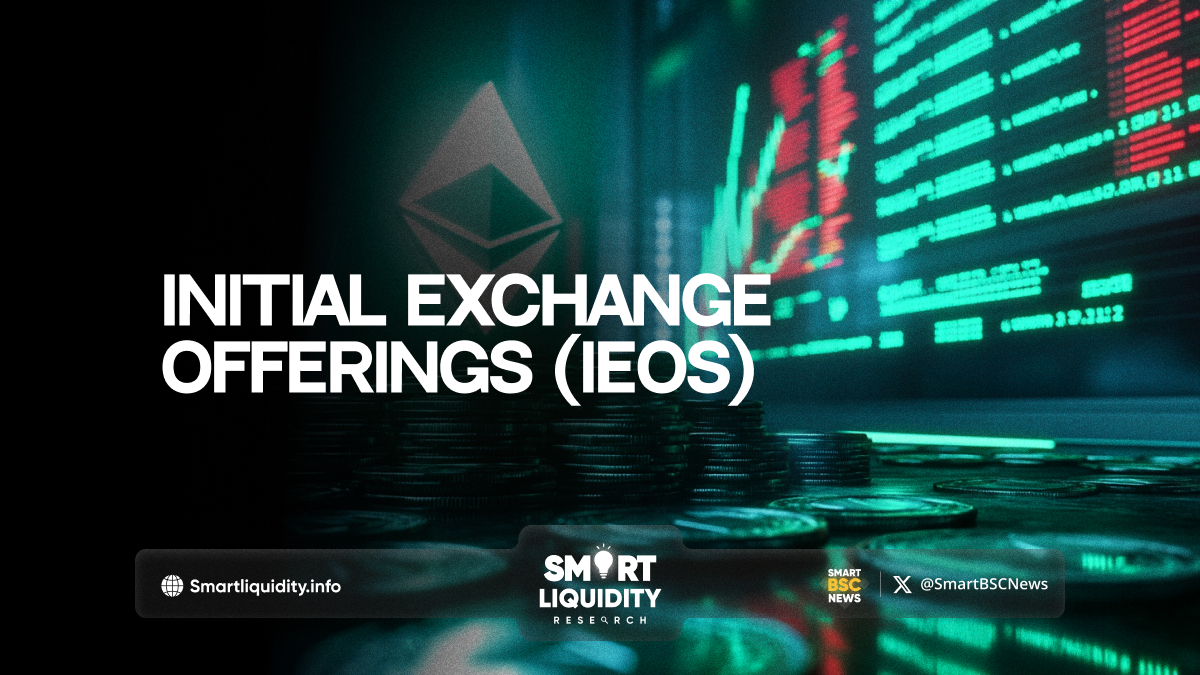Understanding Initial Exchange Offerings (IEOs)


Initial Exchange Offerings (IEOs) have emerged as a popular fundraising method for blockchain projects, bridging the gap between initial coin offerings (ICOs) and centralized exchanges. In an IEO, a cryptocurrency exchange acts as an intermediary, facilitating the sale of tokens directly to investors. This setup provides several advantages, including enhanced security and reduced risk of fraud.
The process typically begins with a project undergoing a vetting process by the exchange, ensuring that only credible projects are listed. Once approved, the tokens are sold through the exchange’s platform, allowing users to purchase them using established cryptocurrencies, such as Bitcoin or Ethereum.
For investors, IEOs offer several benefits. They often come with greater transparency, as exchanges conduct due diligence on projects before listing. Additionally, immediate access to tokens on an exchange can facilitate liquidity, allowing for quicker trading post-sale.
However, investors should remain cautious. While IEOs are generally perceived as safer than ICOs, they can still be subject to volatility and regulatory scrutiny. Understanding the project’s fundamentals and the exchange’s reputation is essential for making informed investment decisions. As IEOs continue to evolve, they represent a significant evolution in the crowdfunding landscape.
DISCLAIMER:
“The information provided on this platform is for general informational purposes only. All information on the platform is provided in good faith; however, we make no representation or warranty of any kind, express or implied, regarding the accuracy, adequacy, validity, reliability, availability, or completeness of any information on the platform.”




